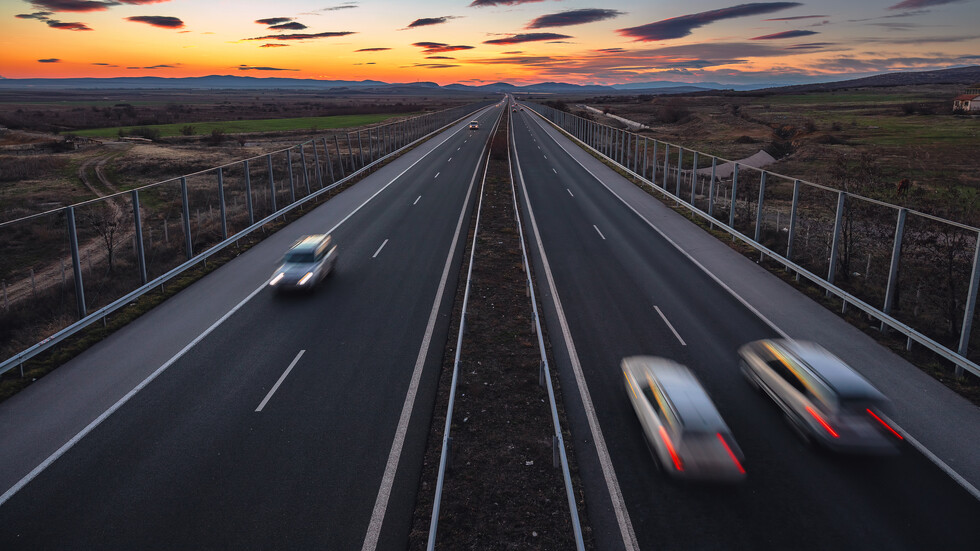Latin America seems to be at the beginning of a new “pink wave”. When a left-wing president is sworn in for the first time in history, Gustavo Petro in Colombia on Sunday will be the sixth country with a left-leaning government after Mexico, Argentina, Peru, Bolivia and Venezuela. And Brazil, the largest country in South America, is also about to swing left in October’s elections.
This development is reminiscent of the first decade of the millennium, when Latin America experienced a first so-called pink wave, which produced left-wing presidents such as Luiz Inacio Lula da Silva in Brazil, Hugo Chavez in Venezuela and Evo Morales in Bolivia, who managed to be re-elected and even to present successors. But at the latest with the impeachment proceedings against Lula’s successor Dilma Rousseff in May 2016, this ebbed away and the political pendulum swung in Brazil – as elsewhere – to the neo-conservative to right-wing camp.
The term itself is a play on words. He is reminiscent of Cold War combat terms, of the “red menace” that the United States liked to use to describe the spread of communism. Pink is the diluted form; it implies a weakened, moderate ideological tone.
Unpredictable President
In the polls so far, Lula is clearly leading – sometimes the pollsters predict that it could be enough for the 76-year-old in his sixth candidacy in the first ballot. Challenger and incumbent, right-wing leader Jair Bolsonaro, appears defeated with around 28 percent of the intended votes and changes tactics.
A few days ago, he invited ambassadors to the presidential palace to reiterate his reservations about the electronic ballot box – but without backing it up with facts. Observers even believe that in the event of a defeat, Bolsonaro will try to provoke a coup with the legend of stolen votes. “I see the risk as real,” says Brazilian journalist and political scientist Helio Doyle. “He’s completely open about his intentions. But no one knows when he’ll try and if he’ll succeed.”
The coffers are empty
But not only for the newly sworn in Gustavo Petro in Colombia, but also for Brazil’s Lula and her counterparts in other countries, the situation would be significantly different than at the beginning of the millennium. At that time, especially in Brazil, the state coffers were well stocked. Lula’s predecessor, Fernando Henrique Cardoso, had stabilized the national currency, the real, curbed inflation and already initiated important reforms. Lula took over a cultivated field. In addition, high raw material prices flushed money into the budget. Low key interest rates in the USA ensured a favorable growth climate.
The situation today is fundamentally different. The geopolitical situation is unstable, the coffers are empty – not least because of the corona pandemic, which has hit South America harder than other regions – inflation is back in Brazil and unemployment is high. Around 30 million people have slipped into poverty and are starving.
The jobs that are created are mostly poorly paid service jobs. Fabricio Pereira da Silva, political scientist at the Federal University of Rio de Janeiro (UFRJ), calls this precarization “uberization”. In addition, the economic crisis that has been going on in Brazil since 2013 has led to a “reprimarisation” of the economy, as Pereira da Silva puts it with regard to the primary sector. At the same time, production and export of agricultural products moved back into focus – undoubtedly a step backwards. Although this is not a completely new development. Basically, de-industrialization can be observed in Brazil since the 1980s.
“The new governments have to deliver bad news, and that’s not good for approval ratings,” analyzes Oliver Stünkel in a guest article for “Americas Quarterly”. He is Professor of International Relations at the Getulio Vargas Foundation (FGV) in Sao Paulo.
Chaos in Argentina
It is also unclear how great the regional cohesion between the states will be. In the meantime, China has spread mightily on the continent and, for example, in Argentina, where economic chaos persists, has replaced its neighbor Brazil as the most important trading partner. This is not necessarily in line with growing ecological awareness: questions about the climate crisis and the devastation of the Amazon region are waiting for answers, and China is unlikely to provide them.
Lula’s group, the PT Workers’ Party, has certainly recognized this. In their election campaign guidelines, the design of the ecological transformation is a focus. The topic not only offers great economic potential – with all the risks and adverse conditions. Brazil will play a central role in solving the global climate crisis.
Lula is also likely to seize the opportunity to bring his country back onto the international stage after Bolsonaro has increasingly isolated it in foreign policy and even threatened to pull out of the 2015 Paris Agreement. One crucial question might just be: How much time would Lula have? How patient are voters? After many years of various crises, they have certainly not become more tolerant, and above all they expect a rapid improvement in the social situation from a new government.(what)
–


